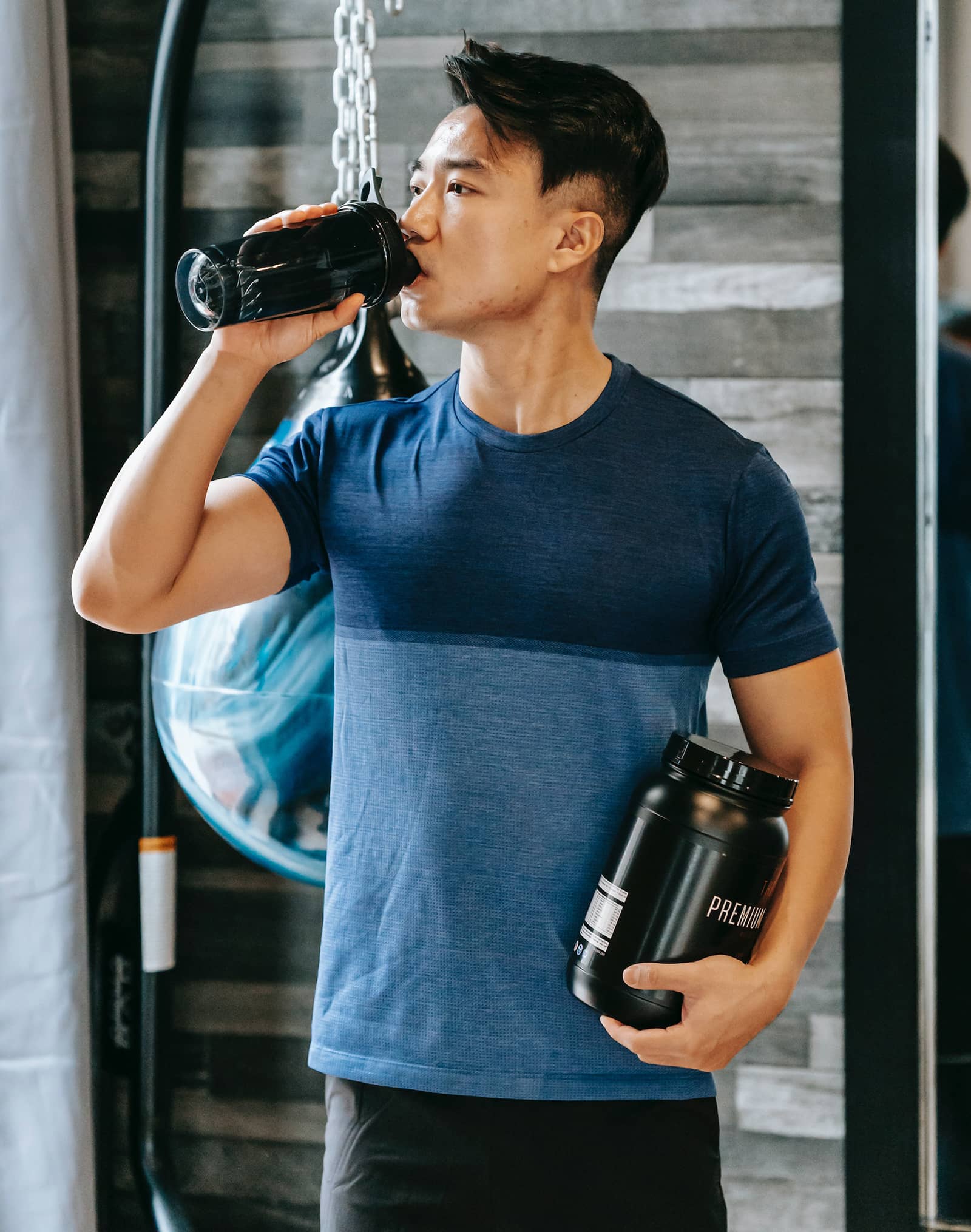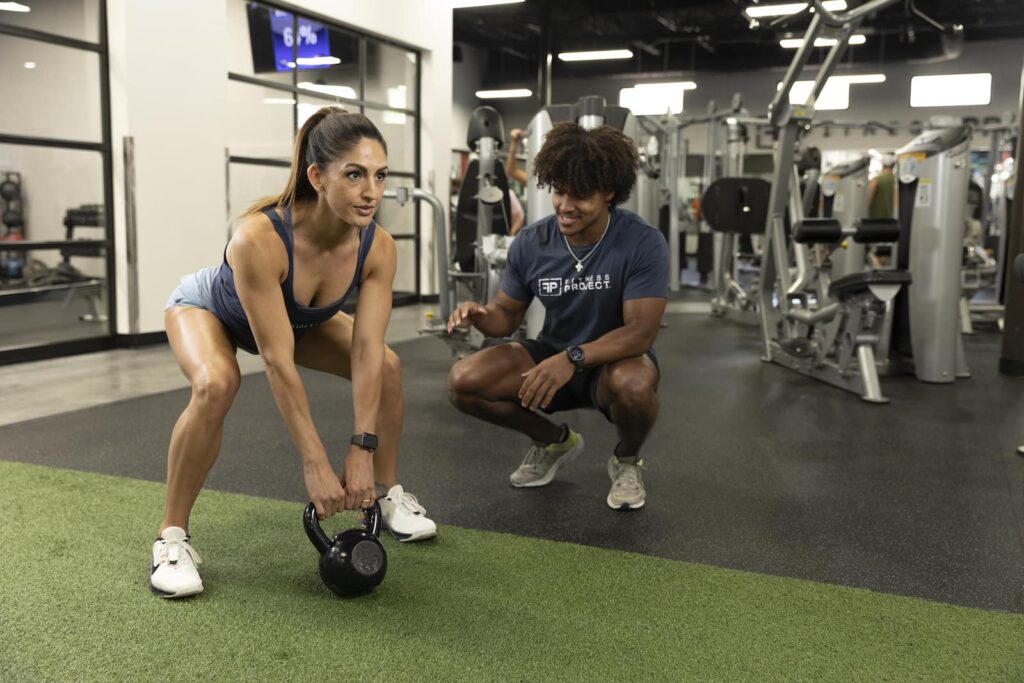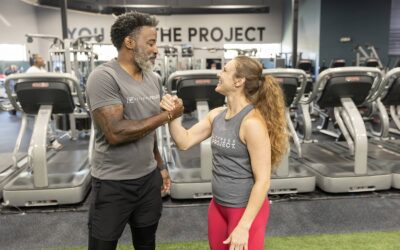Tips To Maximize Muscle Growth.
So, do you want to bulk up? Put on some muscle (or as they say in the gym “gainz”)?
 Bulking is a term traditionally thrown around in the gym by bodybuilders (now it extends further as you will see below).It generally refers to a progressive increase in the number of calories consumed beyond your body’s needs in combination with intense weight training. Whereas some people claim that bulking is unhealthy, others insist that it’s a safe and effective method for gaining muscle mass.
Bulking is a term traditionally thrown around in the gym by bodybuilders (now it extends further as you will see below).It generally refers to a progressive increase in the number of calories consumed beyond your body’s needs in combination with intense weight training. Whereas some people claim that bulking is unhealthy, others insist that it’s a safe and effective method for gaining muscle mass.
If you want to pack on as much muscle mass as possible, bulking is the fastest and most efficient way to get there. Many people struggle with building muscle because they don’t commit to fully bulking by eating enough calories to create a caloric surplus. While there are many mistakes people can make when starting a bulk that can result in unwanted pounds of fat, it is possible to lean bulk if you take a measured approach. While there are plenty of things you can do to maximize muscle growth during a bulk, the idea that you can gain muscle “fast” naturally can be misleading to those who think they can build a ton of muscle in a short amount of time. The hard truth is that muscle growth occurs at a much slower rate than you can gain fat, which is why you need to make sure to monitor your diet and training on a weekly basis if you are looking to maximize muscle growth and minimize fat gain during a bulk. Muscle can only grow so fast, and a proper bulk takes both time and consistency (the opposite of fast). However, some factors may help in your process.
1. Eat More Calories Than You Burn:
Bulking requires consuming more calories than your body needs. You can estimate your daily calorie needs by using a calorie counter, which considers your weight, sex, age, height, and physical activity level to estimate your daily calorie needs. Experts recommend consuming 10–20% above your daily weight maintenance calorie needs during the bulking phase for an average weight gain of 0.25–0.5% of your body weight per week. For example, if you need 3,000 daily calories per day to maintain weight, you should aim to consume 3,300–3,600 instead, depending on your experience level.
2. Increase Your Protein:
Everyone knows protein is essential to building muscle. When you lift weights, the muscles you worked are damaged. The small micro-tears in the muscle you created when you exercise require raw materials to grow back bigger and stronger. In order for your body to build muscle, it needs to be able to synthesize more muscle protein than it is able to break down. This is why you need protein in order to build muscle. The muscle needs to be damaged in order to be repaired, which means you also need to combine increased protein intake with a proper workout routine to grow bigger. You can check out some suggested proteins HERE!
3. Increase Your Carb Intake:
Carbohydrates are the main source of fuel for your body, so if you are bulking, you will need to make sure you are consuming enough carbohydrates. This also means that you should take note when you are consuming carbohydrates as you want to consume carbohydrates from whole food sources, not added sugar from highly-processed food-like products. You’ll want to consume these both before and after your workout, before so you can have energy for your training, and after so you can replenish your glycogen stores. You can check out some suggested carbs HERE!
4. Focus On Your Diet & Be Aware of Foods To Limit:
Including nutrient-dense, whole foods in your diet ensure that you get adequate vitamins and minerals, healthy fats, and as mentioned above, quality proteins and carbs.

Foods To Eat:
-
- Fruits: apples, avocado, bananas, berries, grapes, kiwi, oranges, pears, pineapple, and pomegranate
- Vegetables: asparagus, arugula, beets, broccoli, carrots, collards, cucumber, kale, mushrooms, and peppers
- Starchy vegetables: arrowroot, jicama, peas, potatoes, rutabaga, and yam
- Grains: breads, cereals, corn, oatmeal, popcorn, quinoa, and rice
- Seafood: cod, crab, lobster, salmon, scallops, shrimp, tilapia, and tuna
- Dairy: butter, cottage cheese, cheese, milk, and yogurt
- Meats, poultry, and eggs: ground beef, the eye of round steak, pork tenderloin, skinless chicken, sirloin steak, turkey, and whole eggs
- Legumes: black beans, chickpeas, lentils, lima beans, and pinto beans
- Nuts and seeds: almonds, chia seeds, flaxseed, sunflower seeds, and walnuts
- Oils and nut butter: almond and peanut butter, as well as avocado, canola, and olive oils
- Beverages without added sugar: coffee, diet soda, unsweetened tea, and water
Foods To Limit
-
- Alcohol: Alcohol interferes with your body’s ability to build muscle, particularly when drunk in excess.
- Added sugars: Added sugar, which is common in candy, desserts, and sugar-sweetened beverages, is linked to several negative health effects when eaten in excess.
- Fried foods: Regularly eating fried foods may increase your risk of heart disease and type 2 diabetes. Fried foods include fried chicken, onion rings, cheese curds, and fish and chips.
5. Consider Adding a Supplement:
 When you’re bulking, try to incorporate a protein supplement that has at least 25 grams of complete protein per serving — the amount needed for your body to begin using the protein to build and repair muscle. You shouldn’t save your protein shake just for your post-workout routine, either. While bulking, you want to have an ample amount of protein spread throughout the day. You could have a whey protein shake during breakfast, within 30 minutes of finishing a workout, or before bed. Another supplement that members see success with is creatine. Creatine can help you meet your swole goals. The supplement can help people train harder, potentially helping them gain more muscle, and can carry water into muscle cells, which can promote weight gain. To snag those perks, take 3 grams of creatine each day.
When you’re bulking, try to incorporate a protein supplement that has at least 25 grams of complete protein per serving — the amount needed for your body to begin using the protein to build and repair muscle. You shouldn’t save your protein shake just for your post-workout routine, either. While bulking, you want to have an ample amount of protein spread throughout the day. You could have a whey protein shake during breakfast, within 30 minutes of finishing a workout, or before bed. Another supplement that members see success with is creatine. Creatine can help you meet your swole goals. The supplement can help people train harder, potentially helping them gain more muscle, and can carry water into muscle cells, which can promote weight gain. To snag those perks, take 3 grams of creatine each day.
6. Focus on Effective Workouts:
Your time in the gym should be spent on maximizing the time your muscles are under tension. This will cause micro-tears, inflammation, and increased blood flow to the muscle fibers. As long as you’re providing enough high-quality raw materials and ample rest, these muscle fiber tears will repair and increase in size and strength to handle the demands of your training. Your training program should be built around compound movements, such as the squat, the deadlift, the military press, the bent-over row, and the bench press, with a limit on calorie-burning metabolic conditioning.
-
- Squat: This popular move incorporates nearly every major muscle group in your body but is well-known for adding mass and definition to the thighs, hips and buttocks.
- Stand up straight with your feet slightly more than hip-width apart.
- Keeping your spine straight, and your bottom sticking out, bend your knees until your thighs are parallel with the floor, and then dip a little bit further.
- It’s important to keep your spine straight and not to bend forwards, which will shift the pressure onto your knees and lower back rather than onto your leg and buttock muscles.
- A weighted squat is when you are holding either free weights or an Olympic bar on your shoulders.
- Squat: This popular move incorporates nearly every major muscle group in your body but is well-known for adding mass and definition to the thighs, hips and buttocks.

- Deadlift: Basic deadlifts simply involve lifting a heavily weighted Olympic bar off the floor and putting it down again.
- With the bar at your feet, bend your knees so your bottom sticks out, and grab the bar with both hands about shoulder-width apart.
- Ensure you are keeping your spine straight.
- In one controlled movement, stand up straight and bring the bar up to rest at just below hip level then bend your knees again returning the bar to the floor.
- Look forward throughout the exercise, not up at the ceiling or down at the floor.
- Military Press: This move tackles the muscles of the upper body and core.
- Hold a weighted Olympic bar at the top of your chest with your hands a little more than shoulder-width apart, before lifting it above your head and fully extending your arms.
- As your lift the bar above your head, your elbows should be in line with your wrists and you should have a straight spine and your head should be facing forwards.
- Your legs and hips shouldn’t move during this, meaning your upper body is in full control of the weight.
- Bent-Over Row: This exercise uses a loaded Olympic bar to work the key muscles in your back.
- Stand in front of your bar with your feet shoulder-width apart.
- Bend your knees and use your abdominal muscles to bend forward, keeping a straight back.
- Grab the bar a little wider than shoulder-width apart.
- With the power coming from your shoulders, pull the weight up towards your chest while straightening up slightly, but not all the way, as if you were rowing a boat.
- Then, in a controlled movement, return the bar back down to its original position.
- Bench Press: Possibly the most well-known bulking exercise, the bench press works your chest, shoulders, and arms with the help of a weighted Olympic bar lifted over your body. It’s done as you lie on a bench, which is a low padded table especially designed for weightlifting.
- Lie on the bench on your back, with your feet flat on the floor.
- The weight rack will be above your head.
- Once you have grabbed your bar, lower it to your chest until it gently touches, then push it upwards until your arms are straight.
- Don’t arch your back- keep your bottom on the bench at all times.
7. Train Smart More Frequently and with More Volume:
 For maximum returns, we recommend you train each major muscle group twice a week. Aim for four sets of 6-8 reps of the compound exercise in each session, progressively overloading the muscles each week by gradually increasing the weight where possible. This is when you should increase the volume and work the muscles to complete failure. Increase the rep range to between ten and 20 and introduce slow negatives, where you draw out the lowering part of each move for three to four seconds, to break down the muscle tissue further. Above all, you should keep it simple, and don’t rush. Spend plenty of time on each exercise to work the muscles to near failure. An effective way to achieve this is with slow-tempo rest-pause sets. Press this weight at a tempo of two seconds up, and four seconds down until you run out of juice. Rest for 20 seconds in between.
For maximum returns, we recommend you train each major muscle group twice a week. Aim for four sets of 6-8 reps of the compound exercise in each session, progressively overloading the muscles each week by gradually increasing the weight where possible. This is when you should increase the volume and work the muscles to complete failure. Increase the rep range to between ten and 20 and introduce slow negatives, where you draw out the lowering part of each move for three to four seconds, to break down the muscle tissue further. Above all, you should keep it simple, and don’t rush. Spend plenty of time on each exercise to work the muscles to near failure. An effective way to achieve this is with slow-tempo rest-pause sets. Press this weight at a tempo of two seconds up, and four seconds down until you run out of juice. Rest for 20 seconds in between.
8. Get Enough Rest:
As cliche as it may sound, getting at least 7-8 hours or more of sleep can make a big difference in the recovery of the nervous system, adrenals, and muscles. Additionally, getting enough sleep can also improve hormone production, such as growth hormone, which can boost muscle growth and improve fat loss and metabolism.
9. Track Your Progress:
There are various metrics that you can use to track progress while bulking, but the two most important ones are:
- Changes in body weight
- Changes in strength
The bottom line is that if your weight on the scale and your strength in the gym are both consistently increasing at an appropriate pace, then you can be almost certain that your program is on the right track. On the other hand, if your body weight is going up or down too quickly, or your strength numbers in the gym are stagnant, then you’ll know that something in your programming is off and needs to be adjusted.
The societal idea that bulking should be reserved solely for gym bros is as dead and buried as the myth that rest days are for the weak. In reality, bulking can be a useful strategy in your fitness journey, whether you’re a gym newbie or have hit a wall.
Simply put, bulking involves increasing body weight and muscle mass by increasing your caloric intake and doing frequent strength training over a specific period of time.



